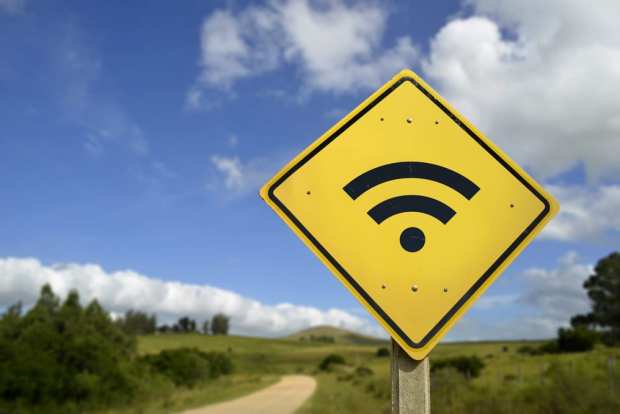What Serving The Internet’s ‘Underserved’ Means For Payments

These days, it seems like you can hardly go a minute without hearing about the rise of 5G, the spread of facial recognition or how friction is being removed from all types of payment methods. But what you don’t hear about as often — at least not in most payments-and-commerce circles — is the need for better internet access among people who don’t live in dense urban areas.
And that access matters not only to the spread of better and faster retail and payments services, but for the future of tech incubators and even startups, according to Kent Winrich, chief technology officer of a company called Open Broadband, which, according to its own description, “provides hybrid fiber and fixed wireless ISP solutions to bring fast and reliable broadband internet to” relatively underserved and underprivileged U.S. communities.
Expensive Cities
Think of access to reliable internet service, perhaps, as roughly similar to access to reliable and secure financial services — without both, the larger worlds of payment and commerce can indeed suffer. “In rural areas, you have very low bandwidth DSL,” Winrich told PYMNTS, “or you may have satellite (internet service), which is not always good. And the DSL network might be overloaded, or not in very good shape.”
That matters because as time goes by and existing cities become prohibitively expensive — think San Francisco, New York City and Los Angeles, with Chicago, Boston and other areas not far behind — many younger, well-educated consumers are making moves to exurban or even rural areas, or smaller cities. And some of those areas and cities — Chattanooga, Tennessee stands as a good example — are striving to become more attractive to millennials and others, with better internet a big part of such efforts.
Companies such as Open Broadband are trying to seize on such opportunities — often working closely with regional and local economic development officials — to improve the internet situation. “We are tech agnostic,” Winrich said. “But right now, wireless is making a lot of sense. It’s just what’s easier to deploy, faster to deploy and less expensive to deploy.”
Amazon’s Role
Of course, Open Broadband is not alone in this general area. Even the dominating eCommerce and web services provider in the U.S. — that would be Amazon, as you probably figured out — wants in the game.
In 2019, in fact, news emerged that Amazon was seeking permission from the U.S. to launch 3,236 communications satellites, per a Federal Communications Commission (FCC) filing. The agency organizes radio frequency use as well as trajectories, Bloomberg reported. The idea is to provide broadband to tens of millions of users who don’t currently have adequate internet access.
When its satellite program became public in an International Telecommunications Union filing, Amazon said in a statement in April that “this is a long-term project that envisions serving tens of millions of people who lack basic access to broadband internet.” Amazon Chief Executive Officer Jeff Bezos said last month that the project would cost “multiple billions of dollars.” The product is distinct from Blue Origin LLC, which is Bezos’ space launch vehicle maker.
The company said in its FCC filing that it will help serve communities in the U.S. “by offering fixed broadband communications services to rural and hard-to-reach areas.” The agency has approved almost 13,000 low-Earth orbit satellites, which encompass 11,943 for Elon Musk’s Space Exploration Technologies Corp.
Satellites have to race around the world to stay airborne at low-Earth orbit through altitudes of roughly 112 to 1,200 miles, and must finish orbits within an hour and a half. When a satellite heads toward the horizon, it will pass along its signal duties to another satellite. If widespread and continuous coverage is the aim, many satellites are needed. In its FCC application, Amazon said its satellites would operate at altitudes of roughly 370 to 390 miles.
Government Efforts
For Open Broadband, Amazon is not exactly an existential threat, as would be the case for most retailers, at least according to how Winrich told it to PYMNTS. “I really don’t think it will upend our market,” he said. “If they can help some people we cannot help, that’s great. Our business goal is to help those who are underserved or underprivileged (when it comes to internet access). I don’t see them going after our base.”
The U.S. federal government could also serve as a growing force in such efforts. Last year, the White House and the Federal Communications Commission announced a plan to spend $20.4 billion to bring broadband to rural communities. The push for rural broadband is called the Rural Digital Opportunity Fund. The FCC will allocate money from its Universal Service Fund for the next 10 years to subsidize companies that build out the infrastructure for areas in need. The new infrastructure will also help bring 5G tech to those areas.
Better internet for more people has obvious and positive implications for eCommerce and payments. The availability of better internet also could help set population patterns over the next few decades, which in turn could indirectly impact entrepreneurship. “It will be a big deal for who ends up where,” Winrich said.
